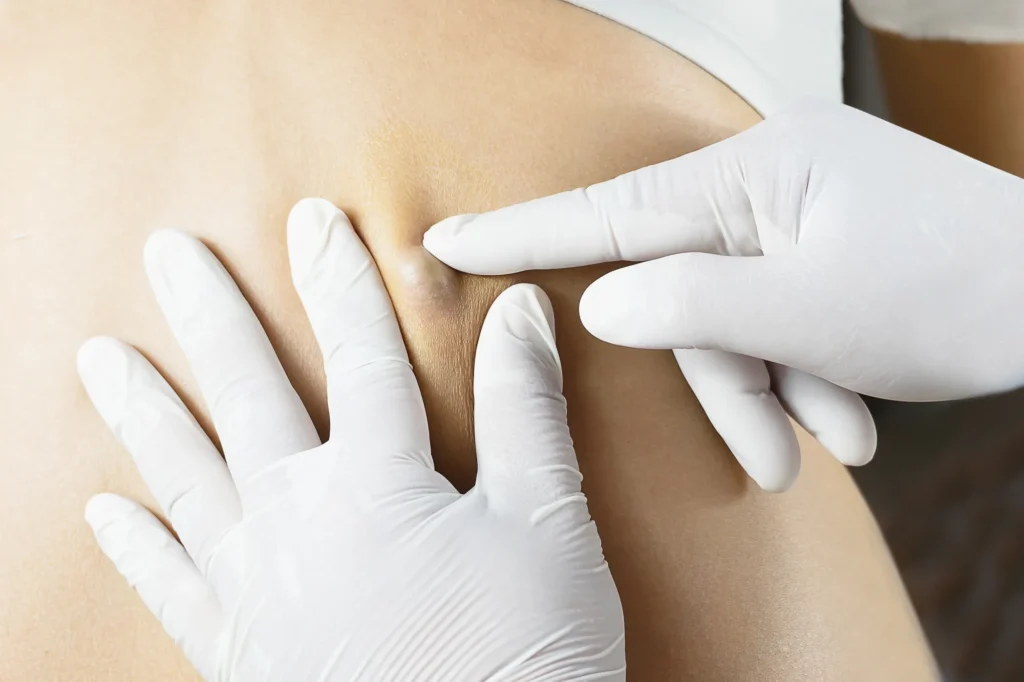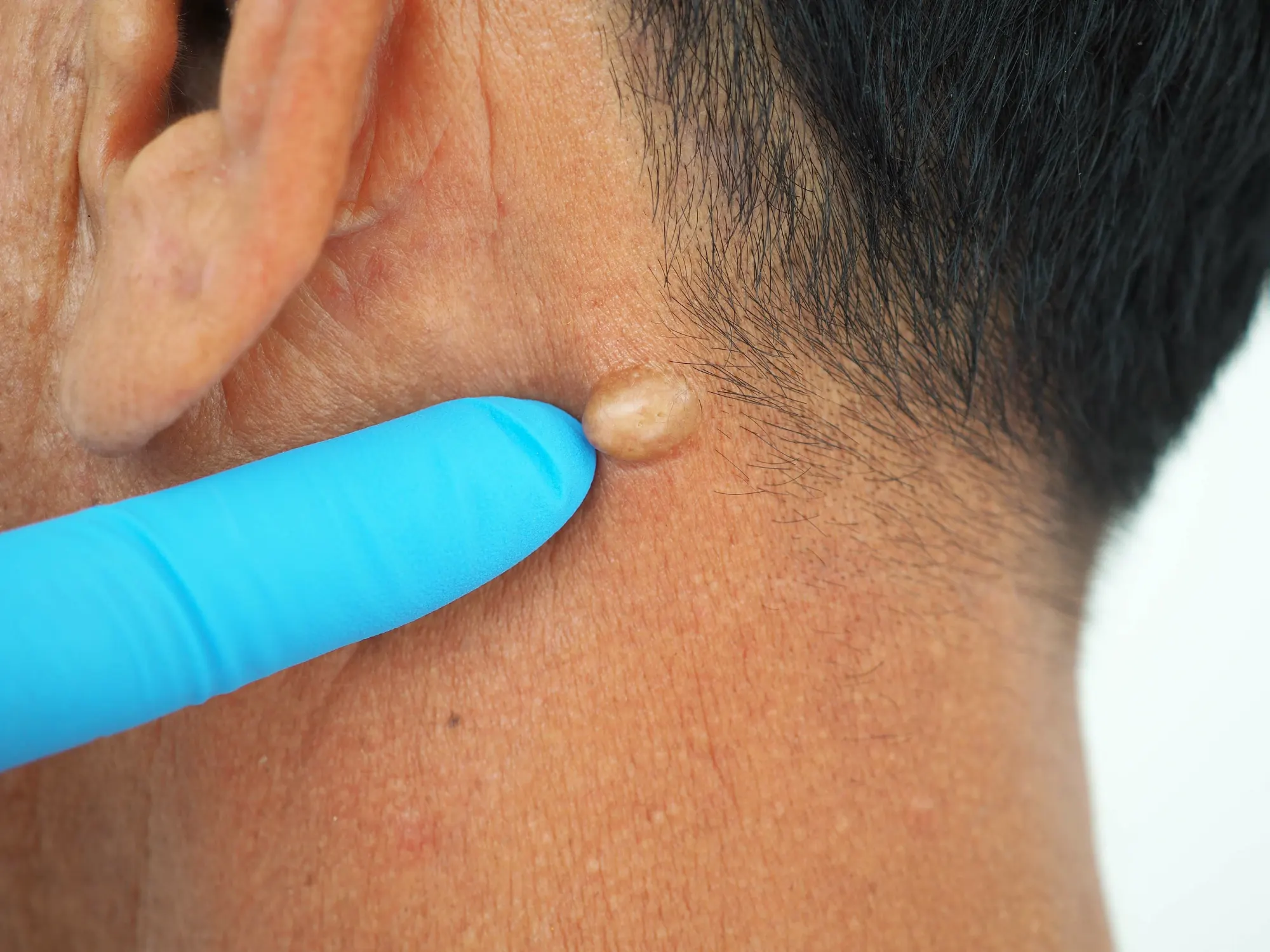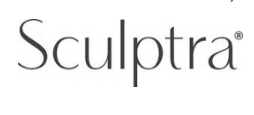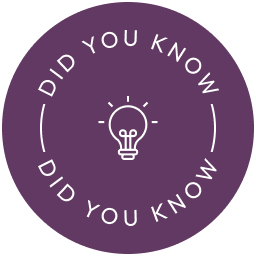Restore Your Skin’s Comfort and Health
Cysts are sac-like pockets of tissue that can form anywhere on the body and contain fluid, pus, or other material. While many cysts are benign and asymptomatic, others may cause discomfort, swelling, or infection. At Dermestetics in Vienna, VA, we specialize in diagnosing and treating various cysts with personalized approaches to meet each patient’s unique needs.

Expert Providers
Cysts are sac-like pockets of tissue that can form anywhere on the body and contain fluid, pus, or other material. While many cysts are benign and asymptomatic, others may cause discomfort, swelling, or infection. At Dermestetics in Vienna, VA, we specialize in diagnosing and treating various cysts with personalized approaches to meet each patient’s unique needs.


What Sets Our Treatments Apart?
Learn More
Consultation Required?
Yes
Duration of Results
Varies based on cyst type and treatment method
Sessions Needed
Depending on the condition and chosen procedure
Downtime
Minimal to none in most cases
What It Treats
Common Types of Cysts:
Epidermoid Cysts: Small, slow-growing bumps under the skin, often caused by clogged hair follicles.
Sebaceous Cysts: Formed from blocked sebaceous glands, typically found on the scalp, face, or torso.
Pilonidal Cysts: Painful cysts near the tailbone often require surgical intervention.
Ganglion Cysts: Noncancerous lumps near joints or tendons, frequently occurring on the wrist or hand.
Baker’s Cysts: Fluid-filled sacs behind the knee caused by joint issues like arthritis.
Ovarian Cysts: Found within or on the ovaries, often linked to hormonal changes.
Chalazion: Cysts on the eyelid resulting from blocked oil glands.
Understanding Cysts
Cysts can arise from a variety of factors, including:
- Blocked Glands : Sebaceous and sweat glands may become clogged, leading to fluid accumulation.
- Infections : Bacterial or viral infections can contribute to cyst formation.
- Injury or Trauma : Physical skin or underlying tissue damage may result in cyst development.
- Genetic Conditions : Disorders such as polycystic ovary syndrome (PCOS) or Gardner’s syndrome are associated with cyst formation.
Common Symptoms of Cysts:
- Visible lump or swelling
- Tenderness or pain
- Redness or warmth in the affected area
- Fluid discharge if the cyst ruptures
- Limited mobility or discomfort, depending on location

How Our Treatment Process Works
How Our Treatment Process Works
Step 1: Comprehensive Consultation
During your initial visit, our specialists will:
- Conduct a detailed physical examination of the cyst.
- If needed, perform diagnostic imaging or tests, such as ultrasound or biopsy.
- Discuss your symptoms, medical history, and treatment goals.
Step 2: Develop a Personalized Treatment Plan
Based on the cyst’s type, size, and location, we will recommend a tailored treatment approach, which may include:
- Observation: Monitoring small, asymptomatic cysts that do not interfere with daily activities.
- Warm Compresses: Encouraging natural drainage and relief for smaller, superficial cysts.
- Aspiration: Using a needle to drain the cyst’s contents for temporary relief.
- Corticosteroid Injections: Reducing inflammation and size, particularly for irritated cysts.
- Incision and Drainage: Creating a small incision to remove fluid, alleviating pain and swelling.
- Surgical Removal: This involves excising the cyst and its capsule to prevent recurrence. It is often recommended for larger or recurrent cysts.
- Antibiotics: Addressing infections to prevent further complications.
Step 3: Follow-Up and Ongoing Care
We ensure your recovery is smooth by:
- Scheduling follow-up visits to monitor healing.
- Providing instructions for at-home care to minimize infection risk.
- Adjusting treatment plans if new cysts develop or symptoms persist.
Are You a Candidate for Cyst Treatment?
You may benefit from our services if you:
- Experience pain, discomfort, or infection related to a cyst.
- Have a rapidly growing or recurring cyst.
- Want a professional evaluation to rule out underlying conditions.
- Require cosmetic removal of a visible or bothersome cyst
Complementary Treatments
To complement our cyst treatments, we offer the following procedures based on the latest medical standards:
- Warm Compresses: Simple and effective for small, superficial cysts to encourage drainage.
- Aspiration: A minimally invasive technique using a needle to relieve symptoms temporarily.
- Corticosteroid Injections: Helpful for reducing inflammation and size of irritated cysts.
- Incision and Drainage: Quick relief for painful or infected cysts with minimal recovery time.
- Surgical Excision: Complete removal for larger or recurring cysts to prevent future issues.
- Antibiotic Therapy: Essential for treating infected cysts and avoiding complications.
Preventive Tips for Managing Cysts:
- Maintain good hygiene, especially in areas prone to sweating.
- Avoid squeezing or popping cysts, which can lead to infection.
- Use non-comedogenic skincare products to reduce pore blockage.
- Wear breathable clothing to minimize irritation.
- Seek early treatment if a cyst becomes painful or swollen.
When to See a Dermatologist:
- If a cyst shows signs of infection, such as redness, warmth, or pus.
- When over-the-counter remedies fail to provide relief.
- If you experience rapid growth or significant discomfort.
- For cosmetic concerns related to visible cysts.
Get Started
Ready to address your cysts with professional care?

















